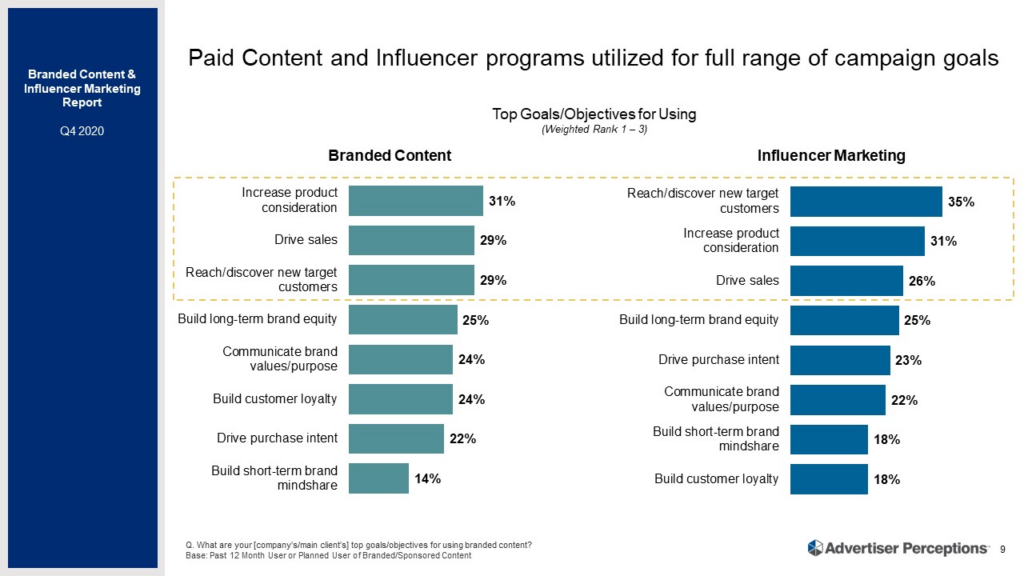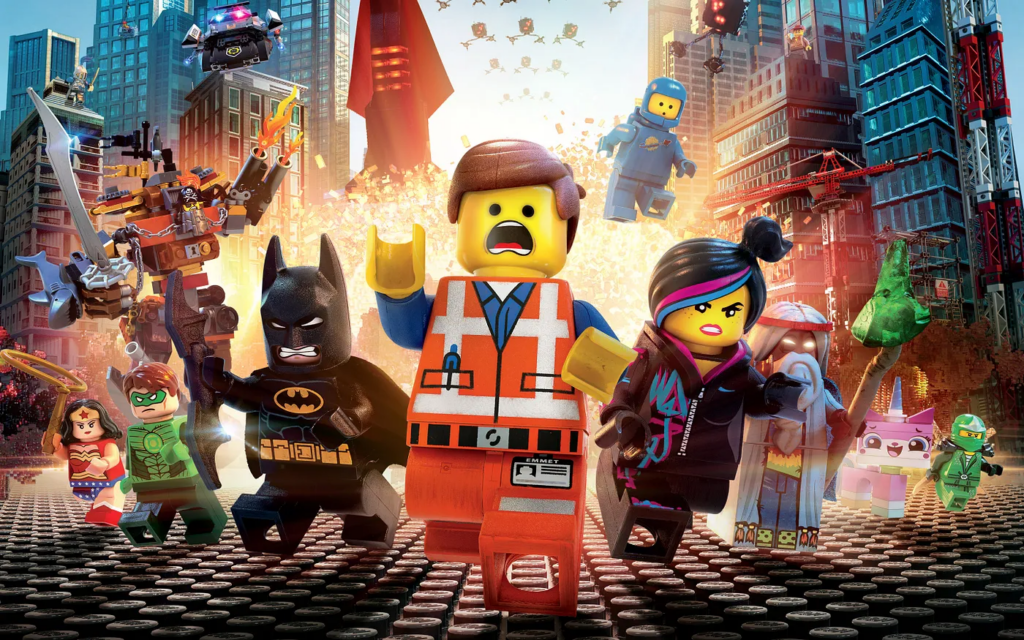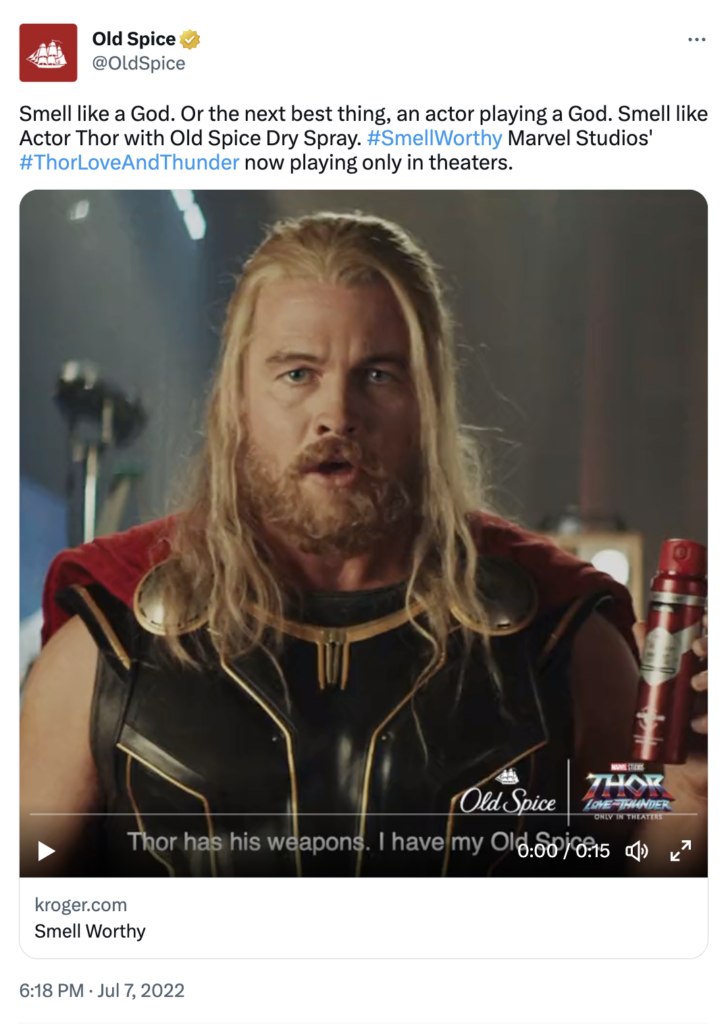5 Tips to Follow When Creating Branded Content


In a highly saturated market, it's difficult to stand out. This holds even when you’re using traditional advertising or sometimes even digital marketing tactics. Audiences nowadays don’t care about your advertising strategies or platforms. They’re more focused on the content. They prefer authentic messages they can relate to.
That said, branded content may be the best way to get their attention.
In this article, you’ll learn the benefits of branded content. You’ll also learn the best practices for using it as part of an effective content marketing strategy. Whether you're a marketer or a content creator, this article will help you maximize the impact of your branded content efforts.
What Is Branded Content?
Branded content is content that seamlessly integrates a brand's message. Instead of being overt and pushy, branded content aims to provide value to the audience. It engages them with a compelling story or a message aligned with brand values.
This type of content is created or sponsored by a brand. So, as part of a business’s content marketing strategy, the brand is showcased in an entertaining or inspiring way.
While branded content can market a specific product, it's not its main purpose. Successful branded content creates awareness and sparks conversation around the brand. It is meant to create associations between the company and certain symbols or values. This way, the brand can create a sense of trust and customer loyalty.
The two most important elements of branded content are:
- a compelling story
- a multimedia approach
So, branded content usually uses audio and video and can include interactive features. That's why branded content can come in various forms. Think a YouTube video, an interactive event, a podcast, or even a video game.
If you use the most engaging media formats and interactive elements to tell an inspiring brand story, you can create an immersive customer experience. The story, ultimately, resonates with customers emotionally.
Of course you also need to make sure your branded content is found by users. So, if your branded content is an article, for instance, you’ll need to optimize it. There’s technology you can use for this, like a tool for content optimization, an outline generator, or an SEO writing assistant. We’ll talk more about SEO later.
Branded content can also result from a collaboration between other companies or influential individuals. It is very common for brands to collaborate with film stars to create their most memorable content.
User-generated content is also a popular marketing technique in branded content. It allows customers to get involved in the brand’s content creation.
Media partnerships are another form of brand collaboration. When you co-produce content with media platforms, it’s easier to gain traction for your brand’s messages. After all, your media platforms already cater to an audience.
Advantages of Branded Content
When you use branded messaging in content marketing, you can grab consumer attention without appearing too promotional. Branded content poses a great opportunity for connecting with your target audience and gaining their trust.
The main advantage of branded content is that it appears more authentic because it refers to a company's style and values. It's possible because the main driver in content marketing of any type is emotion.
Branded content often establishes thought leadership, raises awareness, and generates positive perceptions. It is seen as more trustworthy compared to more product-driven formats like traditional ads or spots.
Another important aspect of branded content is that it has a very high potential for going viral. One exciting campaign can be reposted every 10 seconds across multiple social networks. If you use a good press release template to reinforce the campaign, you’ll reap the maximum marketing benefits.
Branded content can also appeal to customers at different sales funnel stages. Branded content campaigns expand a brand's reach and help it gain a new audience. But this content type also suits people at the lower funnel stages and convinces them to make the purchase decision.

In fact, according to research, 31% of companies use branded content to increase product consideration, and 29% use it to drive sales. This proves that branded content is a universal marketing technique that can influence all audiences.

Finally, probably the most important advantage of using branded content is added value for the user. When people see traditional marketing campaigns, they may feel that someone is forcing them to buy a certain product even if they don't need it.
Branded content is meant to educate and entertain consumers. When they see an entertaining spot that tells a compelling story, they don't feel obligated to buy a certain product. They feel as if the brand is doing something nice for them. They can reciprocate the gesture by buying the product the next time around.
5 Tips for Creating Powerful Branded Content
Branded content is a great way to build trust with your current audience and boost discoverability. Below, you’ll learn some tips when creating branded content for your marketing campaigns. We also added illustrative examples of branded content.
1. Make sure it reflects your brand's message and values
Your branded content should reflect your brand’s message and values. Don’t emphasize luxury if you’re all about simplicity. Everything in your branded content should be consistent with what you represent.
If you don’t know your values just yet, go back to your company’s mission or vision. Your company’s mission and vision will typically say what your company stands for. For instance, Apple’s mission is “to bring the best user experience to its customers through innovative hardware, software, and services.” So, based on this, we can deduce one of Apple’s more important core values: innovation.
Once you have your brand message and values, you can create branded content that revolves around them.
Here’s one of the best branded content examples. In 2014, Lego released an animated movie based on its line of construction toys.

The movie only reinforced Lego’s values of fun and family. It wasn’t only fun to watch because of the entertaining plot. It also prompted parents to do something with their kids–watch the movie together—and spend time together as a family.
Ultimately, even though the movie didn't feature specific products, Lego established its brand as the go-to toy parents can buy for their children.
2. Zero in on your target audience
Your branded content should resonate with your target audience. For this to happen, you need to know who your potential customers are.
If you already know your brand’s target market, you should still get to know the specifics about your target audience.
So, analyze who’s currently up to date with your blog, website, or social media. On most social media platforms, you can check the analytics to find basic information on your visitors, such as age, sex, or location. With websites and blogs, you can use external tools that will reveal visitor information like when they visited your website last, where they are located, etc.
Once you’ve zeroed in on your audience, you can come up with branded content campaigns that cater specifically to them.
Dove’s branded content campaigns, for instance, cater to mostly middle-aged women who have been found to buy its products. Dove's "Real Beauty" campaign, for example, touches on female empowerment as a core value.
The campaign tackles insecurities and a lack of acceptance that some women can experience. It’s branded content Dove’s target audience can relate to.
3. Jump on trends
When creating branded content, it's important to stay up to date with the latest trends. When you create branded content based on current trends, you increase the chances of it resonating with your audience. After all, no one wants to miss out on something people are going crazy about. So, when you come up with content related to it, they’ll consume it.
Nowadays, social media plays an important role in creating trends. So, be present on social media and follow accounts similar to yours. Pay attention to the topics people are talking about.
A great example of on-trend branded content is this collaboration between Old Spice and Marvel Studios before the "Thor: Love and Thunder" movie premiere. It's a spot that tells a behind-the-scenes story of Thor.

Because the movie was highly anticipated, it created a sense of urgency and excitement that a regular Old Spice campaign wouldn't.
4. Highlight the benefits of your product or service
While branded content shouldn't primarily be about a product, it can subtly refer to it. When it does, it should highlight the most prominent benefits of a product.
It’s important to remember the difference between a feature and a benefit. For instance, instead of saying the new iPhone has X more GB of storage, you’d say the phone allows you to store more of your pictures.
Of course, you don’t need to state this benefit straight. Since this is branded content, you’d still need to show those benefits through an authentic story. Don’t just tell.
For instance, in its branded content campaigns, Nike never specifically states its products provide users the maximum comfort. It just shows ordinary people always happy and achieving great things when using them.
Check out this example. It shows the subject’s journey from the local sports scene to the Women’s Euro 2022 competition. Note the subtle placement of the Nike shoes and shirt.

5. Utilize SEO techniques
Branded content can also substantially benefit from SEO practices. Search engines reward sites that distribute different types of content that are topically relevant.
By connecting varying content and using different media to distribute, you can nudge the search engines to rank your content and boost brand discovery.
So, if you want to unleash the full potential of your branded content, use tried and true SEO techniques.
First, conduct keyword research to find phrases related to your brand. Use these to create your branded content. But be wary of keyword stuffing, too.
Lastly, distribute your content across different marketing channels like blogs, social media, and YouTube. Then make sure to link each content piece to the others.
In closing
Branded content has become an increasingly popular form of advertising. It allows brands to connect with their target audience in a more meaningful and memorable way. By creating inspiring content, brands can build trust and establish customer loyalty.
You learned tips to create branded content. Make sure it aligns with your brand’s values. To produce effective branded content, it should also resonate with the target market. Jump on trends as well. Subtly highlight your brand’s benefits, not features. Finally, use SEO techniques.
As the marketing landscape continues to evolve, branded content is likely to become even more prevalent. It’s already a critical component of successful marketing strategies, so don’t miss out.
Written in collaboration with Tomaz Niezgoda from Surfer.
FAQ
Branded content is a type of advertising that involves creating content, such as articles, videos, or social media posts, that integrates a brand's message in a subtle and engaging way.
What are the benefits of using branded content?
Branded content allows brands to connect with their audience in a more authentic and memorable way, building trust and customer loyalty. It can also increase brand awareness, generate leads, and ultimately drive sales.
How is branded content different from traditional advertising?
Traditional advertising is often pushy, whereas branded content provides value to the audience. It tells a compelling story that is aligned with the brand's values. Branded content is designed to seamlessly integrate the brand's message into the content rather than promoting the products.
